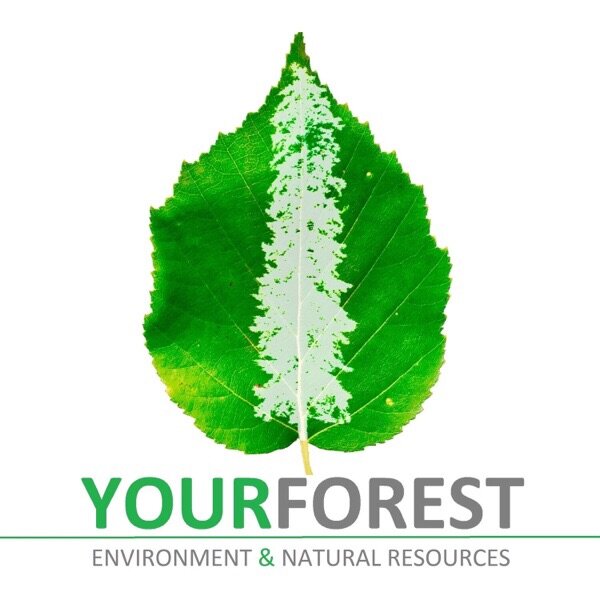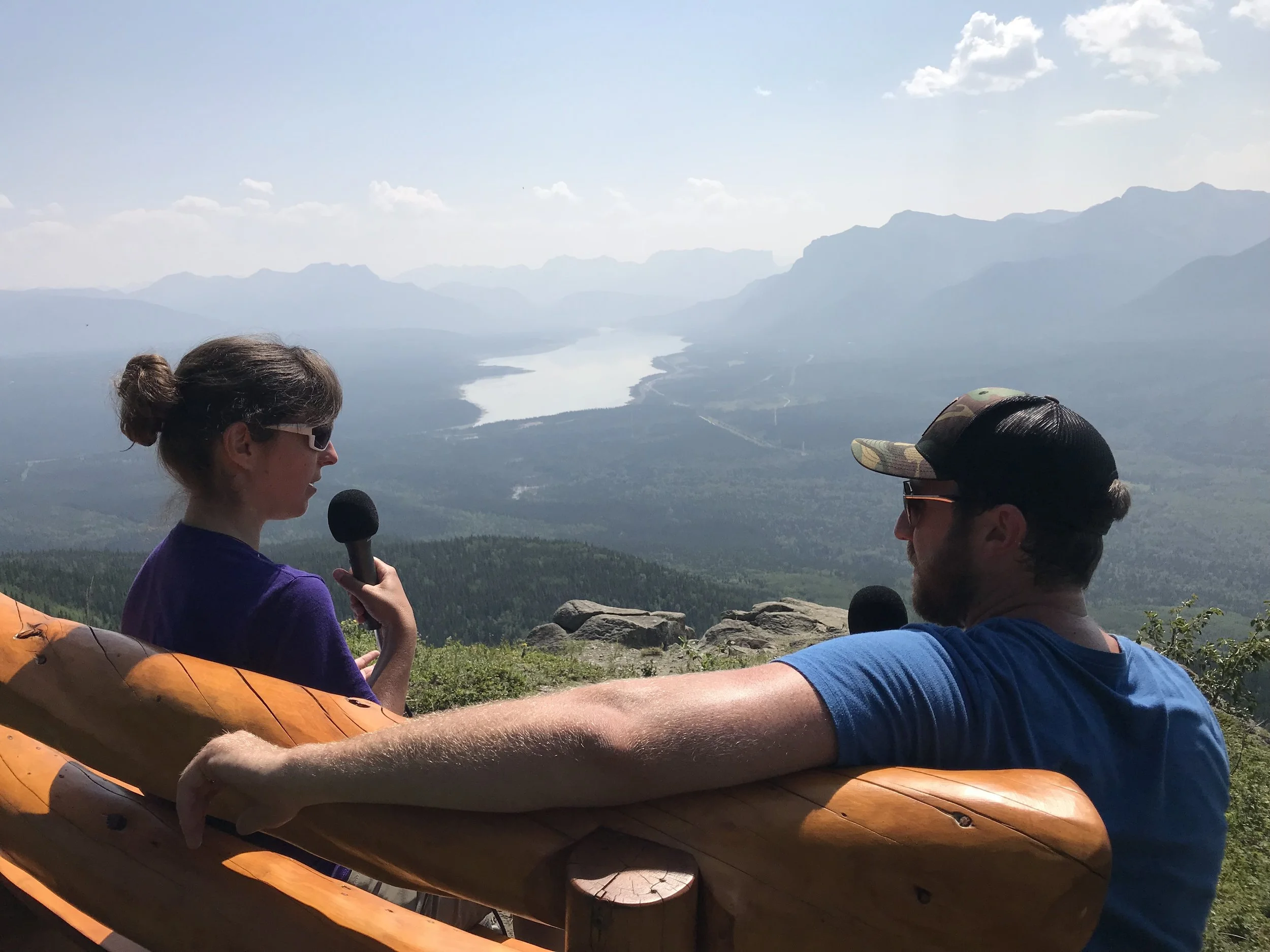We buy so much of our food. As a result, we have next to no connection to what we put into our bodies. Where did it come from, how was it growing, what was next to it, what was the weather like, what did we have to go through to get it. The forest is a natural grocery store. We can forage leafy greens, berries, mushrooms, root vegetables, eat meat that we harvested ourselves and we know exactly where it all came from. There is now a story that goes with that food that makes you more connected to the landscape and more appreciative of the calories that will become your own body. Kelly came on to discuss all sorts of things we can forage from our forests.
Best two books for foraging food in western Canada according to Kelly:
Plants of the Western Boreal Forest & Aspen parkland by Johnson, Kershaw, MacKinnon and Pojar
Mushrooms of Western Canada by Helen M.E. Schwalkijk-Barendsen




















